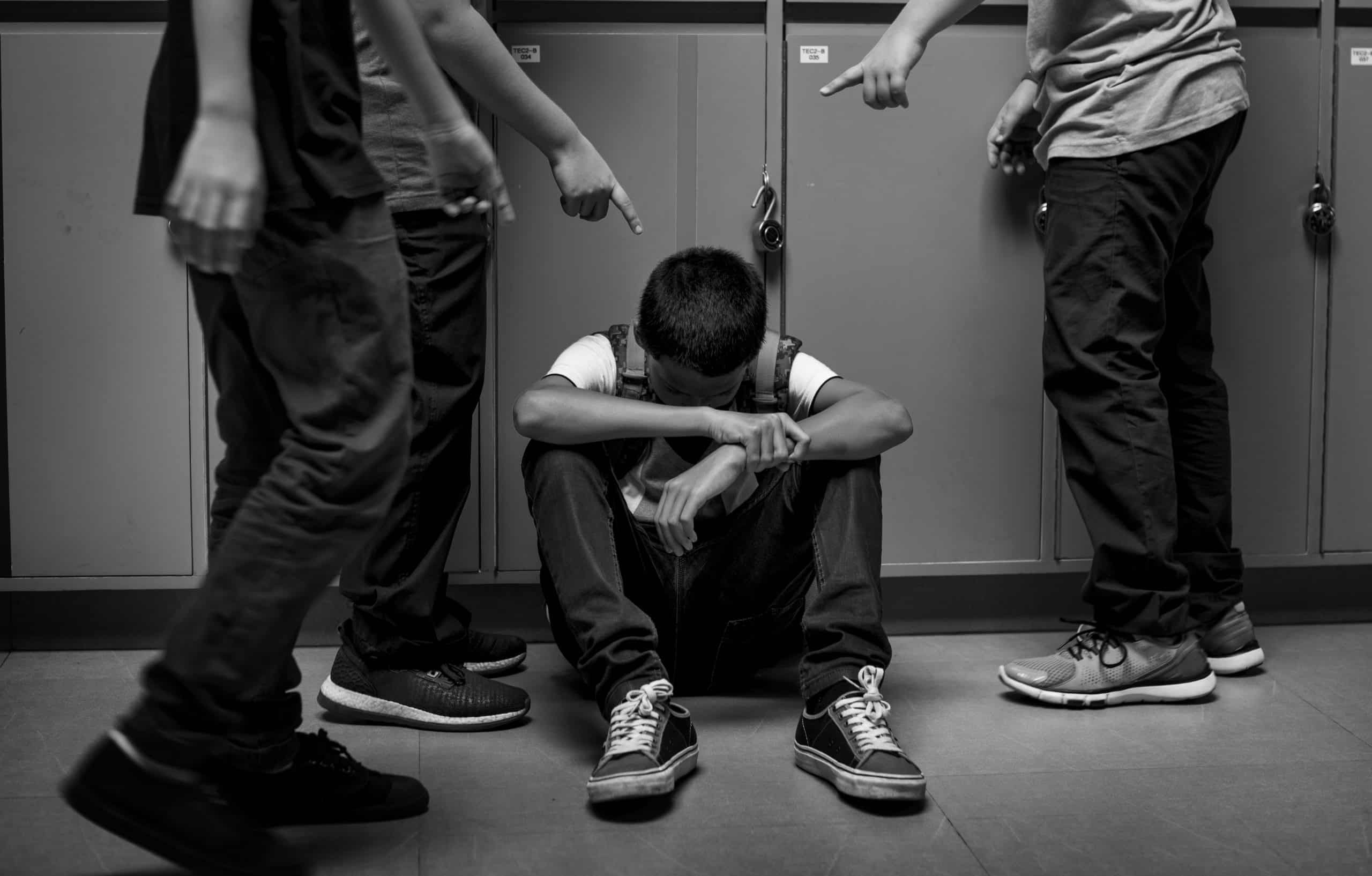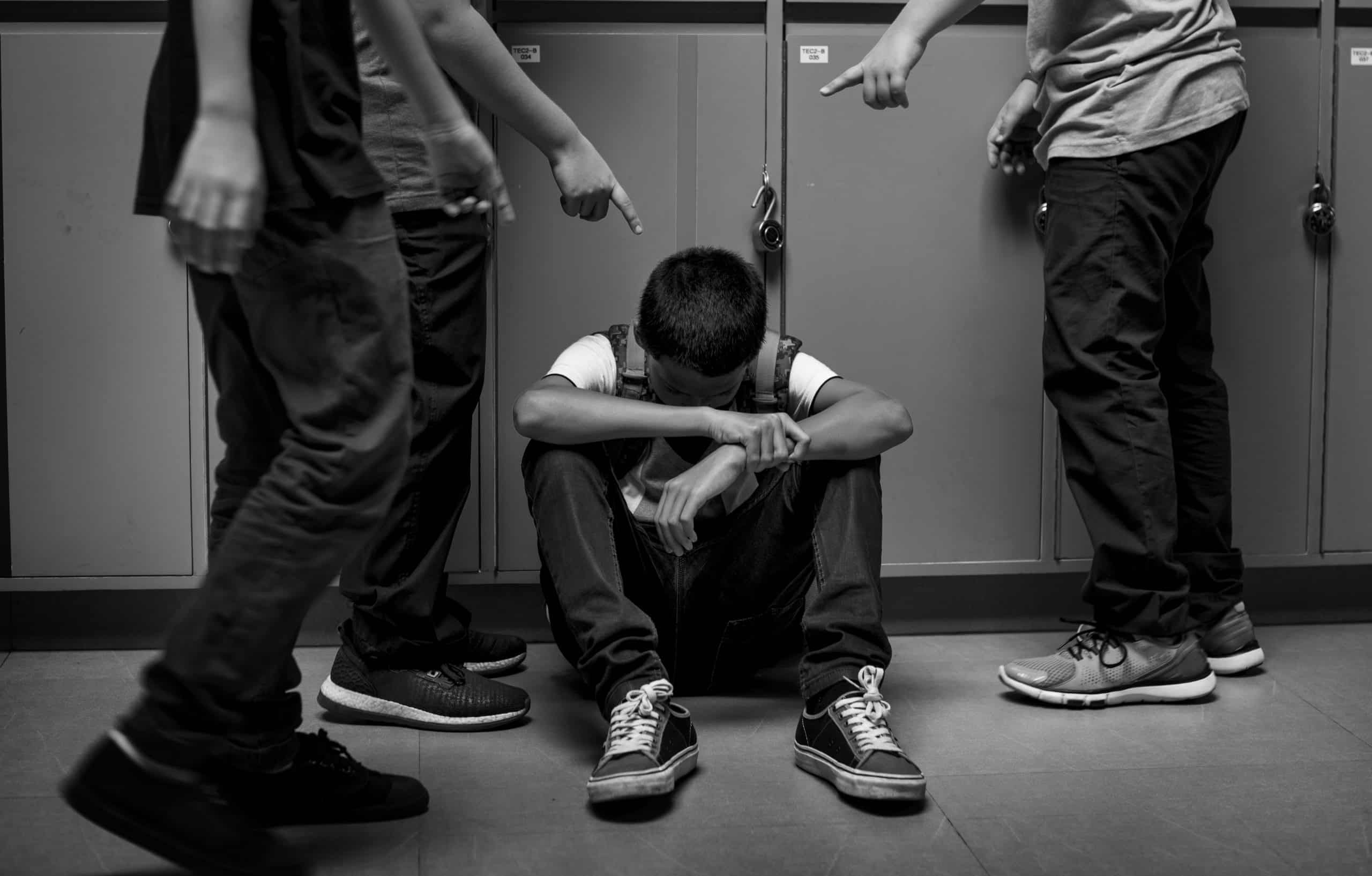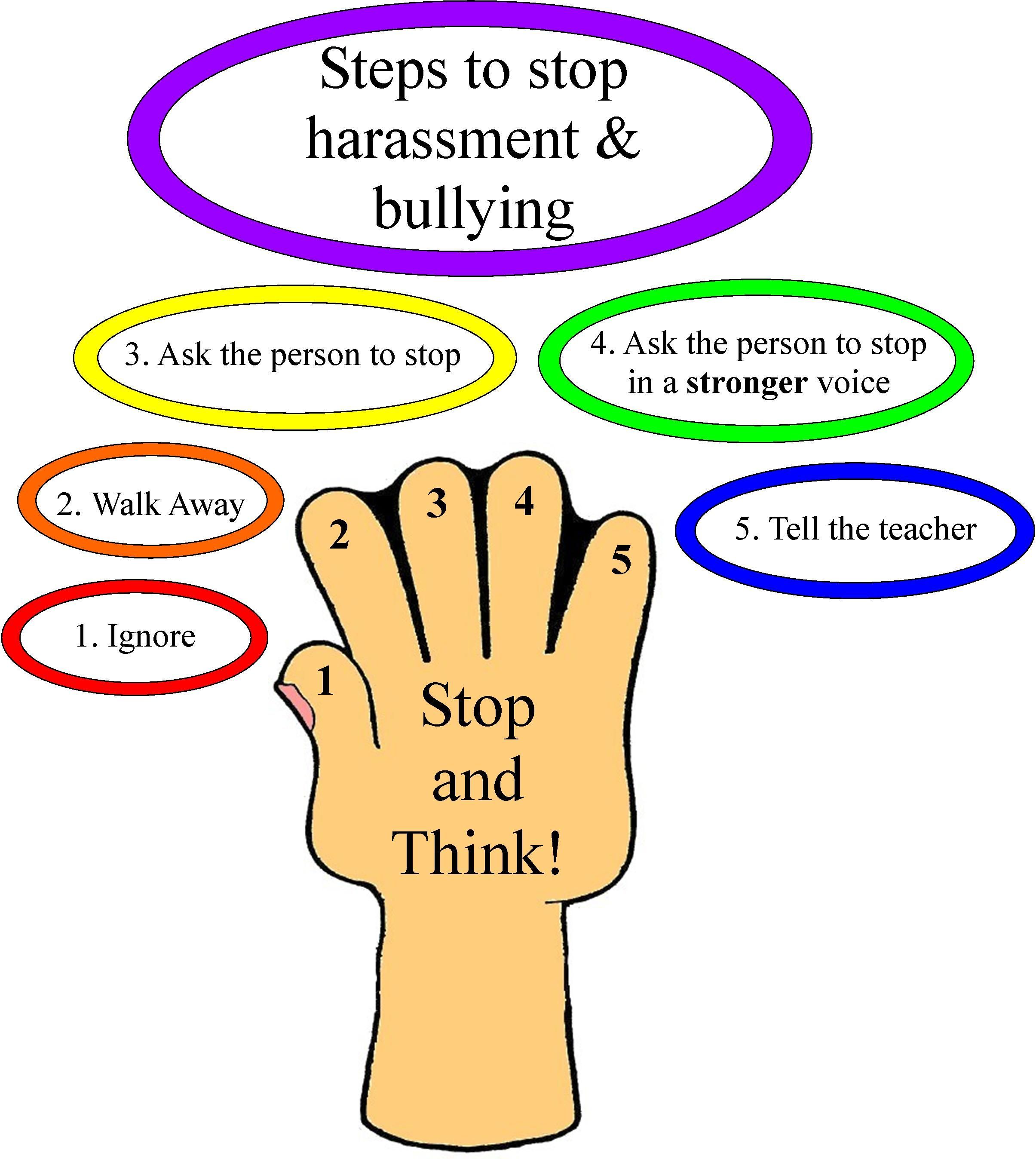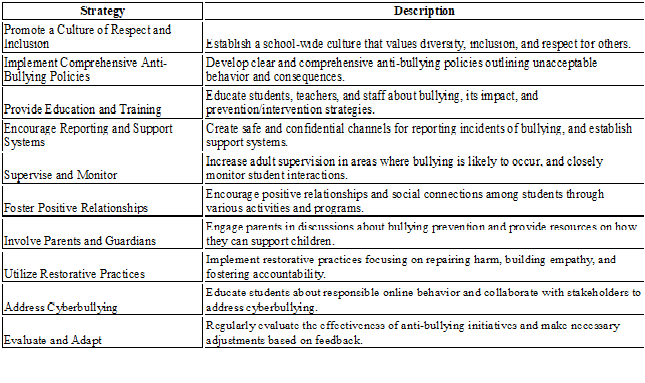Bullying amidst pupils has remained a persistent issue in almost all primary schools in Mauritius as it is the case worldwide. Effective education can be dispensed and absorbed if bullying is not skillfully tackled. Having a consistent pass rate of below 40% for several years, the school where I work, has been recognized as a “Zone d’Education Prioritaire (ZEP) school. The school being located in a rural and marginalized region, the pupils feel demotivated, unenthusiastic and thus excluded.
Most of the pupils come from a low socioeconomic background and are severely affected by poverty and difficult living conditions, living in houses made of iron sheets, precocious exposure to s*x and violence and other various social problems as most of them come from broken families, stay with grand-parents, single parent or care-givers as their parents are either dead, incarcerated, or addicted to hard drugs. They are also exposed to domestic violence, aggression, fights, drugs and alcohol. This result in the manifestation of several types of indiscipline: disruptive behavior, absenteeism, truancy and bullying. While absenteeism and truancy affect the academic performance of oneself, bullying affects other pupils’ learning and socio emotional development, for the immediate and in the long term . Also, the bullied ultimately resort to absenteeism and truancy too. Indeed, bullying is hampering the teaching and learning process in all grades and consequently this will have a negative impact on the end of year and PSAC Result.
Bullying issues have to be promptly dealt with, as they affect and involve the bullies, the bullied, the school staff and also the parents. If not dealt with, promptly and tactfully, bullying cases can quickly degenerate and pollute the school climate where everyone is very heavily and negatively affected.
Acts of bullying, be it verbal, physical and psychological and/or social/relational are being reported to the office on a daily basis by pupils (victims and bystanders), educators, non-teaching staff, the gatekeeper and parents. It has also been observed that pupils who are bullied are frequently absent. It leads to various problems in the schools such as drop outs, high rate of absenteeism, and truancy. This has been negatively affecting the school climate, creating a tense atmosphere and thus preventing the school from running smoothly. It has ultimately resulted in poorer and poorer academic performance of students as seen in the end of year assessment results.
The bully shows dominance in the classroom and forms and leads groups, to bully the weaker ones by teasing and spreading rumours about them. For example, a boy of Grade 6 asserts dominance because of his height. He bullies his peers on a daily basis by calling them fat, skinny, just to make them feel ashamed and humiliated. These acts deteriorate during recess time as, without the supervision of their teachers they can now hurt, kick or damage the belongings of other children.
Moreover, the intimidators typically make profit of their larger musculature. Daily, they torment their victims by tagging them with disrespectful names and remarks, to degrade the latter. These acts deteriorate during recess time; these experiences worsen as, without the observation of their educators, the bullies can now amplify the intensity of their acts. Most students have unrestricted and unsupervised exposure to Social Media and messaging platforms where they communicate among themselves. This results in Cyber bullying pre and post of school bullying
In my teaching experience, I have witnessed several cases of bullying at school which have affected the academic performance and which have scarred them for life. Therefore it is the prime duty of the Head of school to discourage, diminish and why not eradicate these detrimental acts of bullying in collaboration with various stakeholders.
_1715462255399.jpg)


_1715612976635.jpg)




